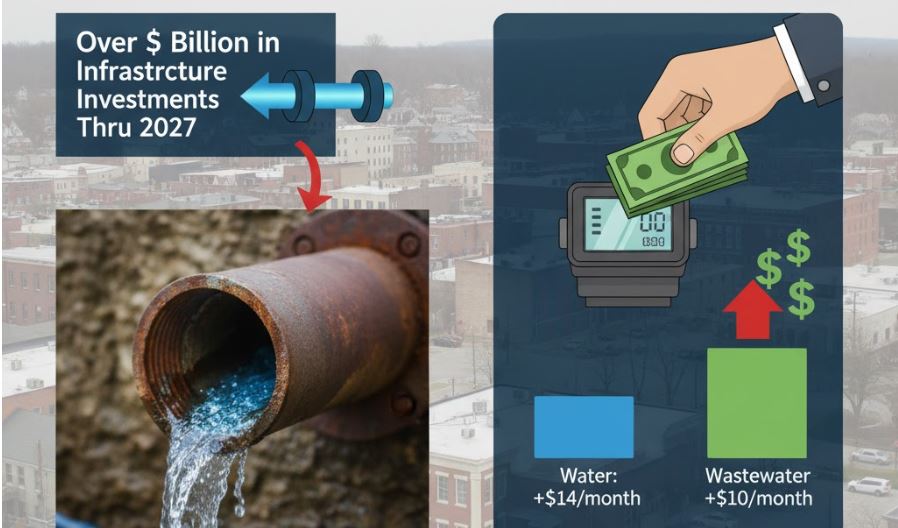PHIADELPHIA, PA - In 2017, Philadelphia became the first major U.S. city to tax sugary drinks to raise funds for education programs, including expanded prekindergarten. However, there has been significant controversy and debate surrounding tax revenue allocation.
The 1.5-cent-per-ounce tax is expected to raise about $91 million for the city each year. According to the city's Department of Revenue, the tax revenue is used to fund the following:
-
Prekindergarten Expansion: A significant portion of the revenue goes towards expanding prekindergarten programs in the city. This includes funding new classrooms, hiring additional teachers, and providing resources for children.
-
Community Schools: The tax revenue also supports the city's community schools initiative, which aims to provide additional support and resources to students and families in need.
-
Parks and Recreation: A portion of the revenue is allocated to the Parks and Recreation Department for the Rebuild program, which focuses on improving libraries, recreation centers, and parks in the city.
-
General Fund: The remaining revenue is deposited into the city's general fund, which funds various city services and programs.
However, there has been criticism and skepticism about the tax's effectiveness and how the revenue is being used. Some argue that the tax disproportionately affects low-income families and small businesses and that the revenue is not being used as effectively as promised.
For example, a study by the American Beverage Association found that the tax hurt local businesses and jobs, with many companies reporting declining sales and some even closing their doors.
There have also been concerns about the transparency and accountability of the tax revenue. Some critics argue that the city has not provided enough information about how the revenue is being used and whether it is achieving its intended goals.
In conclusion, while the soda tax in Philadelphia is intended to fund education programs and improve the city's schools and parks, there are ongoing debates and criticisms about its effectiveness and tax revenue allocation. It remains to be seen whether the tax has achieved its intended goals and whether it will continue to be a source of controversy in the city.











